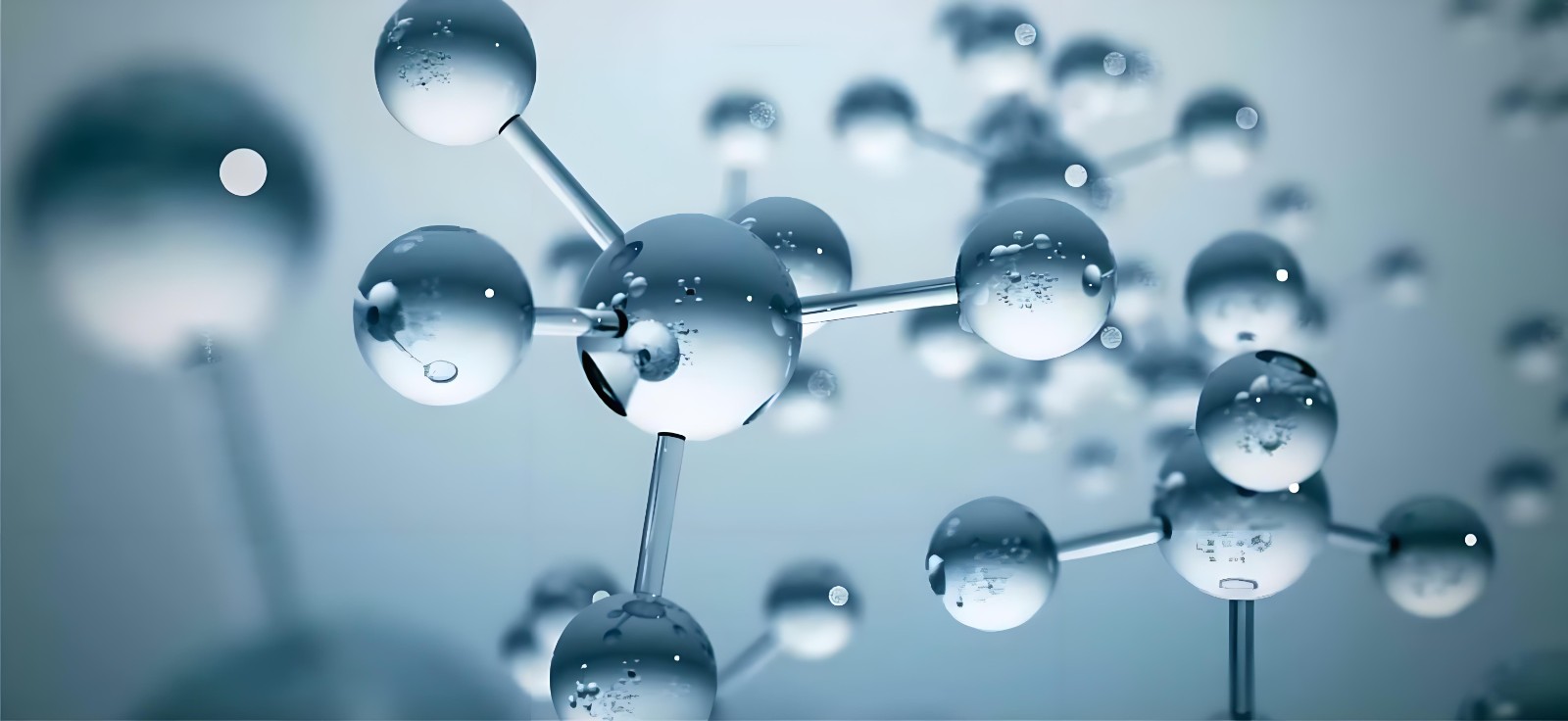
In the field of tissue engineering and regenerative medicine, naturally derived hydrogels have attracted significant attention due to their biocompatibility and soft structure. Recently, Sun Mingzhu from Henan Agricultural University, under the supervision of Professor Zhang Zhiping, completed a study on “Preparation and Optimization of Hydrogels Derived from Fetal Bovine Skin and Intestinal Tissue,” and proposed a crosslinked material known as FBSH-EDC hydrogel. This material demonstrates advantages in both structural stability and repair performance, offering new insights for skin injury treatment and pharmaceutical research.
Hydrogels are materials composed of three-dimensional networks with high water content, widely used in wound healing and drug delivery. Natural hydrogels closely resemble the tissue environment and exhibit good compatibility, but they often suffer from poor mechanical strength and rapid degradation, limiting their ability to support long-term repair.
Fetal bovine skin is rich in collagen matrix and structurally similar to the human dermis, making it an ideal natural raw material. However, untreated hydrogels still require optimization to meet medical application standards.
In this domain, litchlab can prepare and customize a wide variety of hydrogel products, and modify or encapsulate drugs according to demand. For example, in drug-controlled release systems, hydrogel pore size and crosslinking methods can be tailored to achieve sustained or targeted release, providing more flexible solutions for wound healing and chronic disease treatment.
In comparing different decellularization methods, the Triton X-100 method proved most effective, removing cellular components while retaining collagen and other matrix proteins. The research team then further improved the hydrogel through chloroform defatting and EDC (1-(3-dimethylaminopropyl)-3-ethylcarbodiimide) crosslinking. The resulting FBSH-EDC hydrogel had the following features:
Denser structure: Crosslinking enhanced the network’s stability and mechanical strength.
Improved enzymatic resistance: The material could resist degradation, making it suitable for long-term repair.
Drug release potential: While maintaining high water content, crosslinking reduced transport capacity, enabling controlled drug release for therapeutic applications.
In similar process development, litchlab can also provide antibody conjugation and functional modification services. By introducing specific functional groups into the hydrogel network, antibodies or proteins can be bound, granting the hydrogel targeted recognition functions suitable for immunotherapy and related research.
In vitro experiments confirmed that FBSH-EDC exhibited good biosafety. When co-cultured with epithelial cells, it was not only non-toxic but also promoted cell proliferation, showing that it can act both as an inert scaffold and as a supportive environment that accelerates cell growth and migration. This is critical for skin wound healing and provides the basis for subsequent animal experiments.
At this verification stage, litchlab can also support partners with pilot-scale production and GMP-grade manufacturing, ensuring that laboratory results can transition smoothly into large-scale applications while maintaining consistent quality for pharmaceutical research and clinical trials.
In a full-thickness skin defect mouse model, FBSH-EDC significantly accelerated wound closure and led to more complete tissue structure repair. Experiments showed that it reduced scar formation and promoted hair follicle regeneration, exhibiting an effect close to “scar-free healing.”
Due to its controlled release properties, the hydrogel can also provide stable local drug release, reducing the frequency of dressing changes and minimizing the risk of secondary injury—an especially valuable feature for wound care.
The potential of FBSH-EDC is not limited to wound healing. It can also be used as a drug delivery carrier, combined with antimicrobials or growth factors to enhance therapeutic outcomes. At the same time, it can serve as a three-dimensional culture scaffold for organoid models, offering more realistic platforms for drug screening and toxicology studies.
In regenerative medicine, such optimized hydrogels derived from natural tissues are expected to become important materials for constructing replacement tissues.
With these prospects, litchlab has already established systematic capabilities in the customized development and large-scale supply of hydrogels, offering partners end-to-end solutions—from material selection and functional modification to medical applications—promoting the adoption of hydrogels in wound repair and pharmaceutical R&D.
Through carefully designed decellularization and crosslinking processes, FBSH-EDC hydrogel combines the compatibility of natural materials with the enhanced stability of engineered ones. It can not only promote cell proliferation and tissue repair but also provides controlled release and anti-degradation properties.
Beyond its promising role in skin injury treatment, it also shows potential in pharmaceutical research and regenerative medicine. In the future, as research deepens, this material may become an important bridge for translating natural hydrogels into clinical applications.